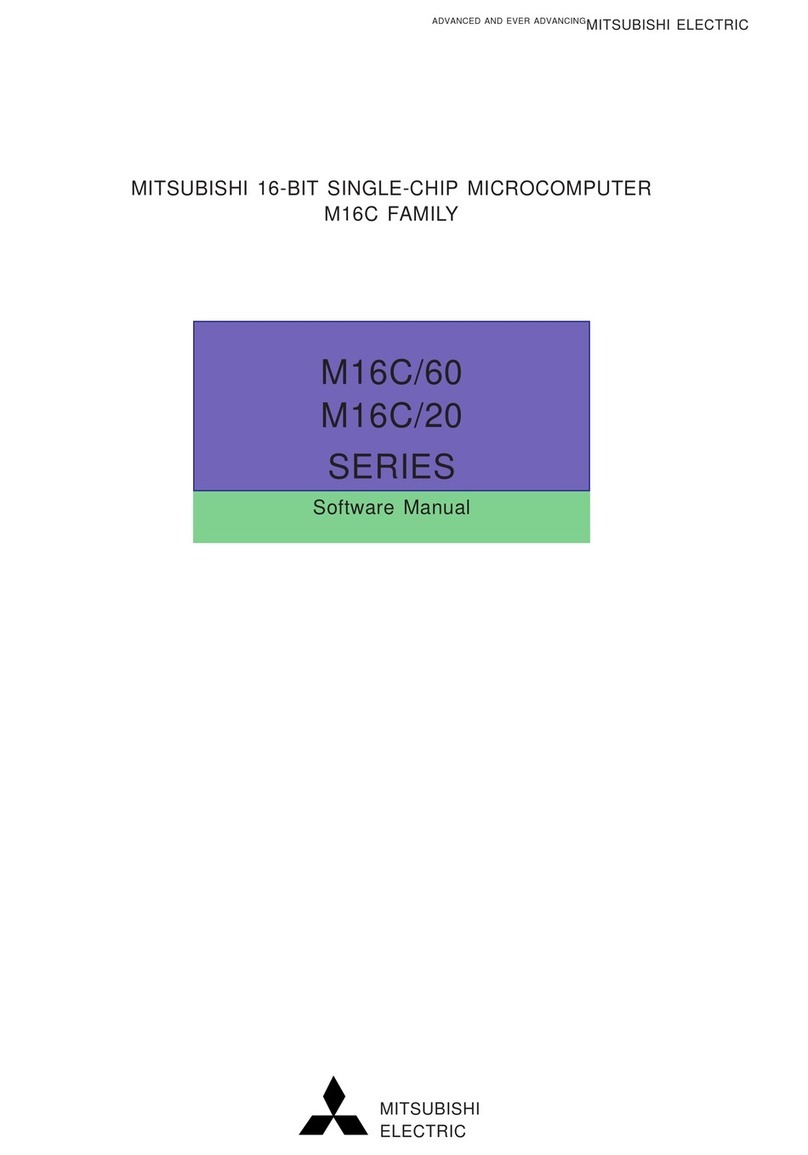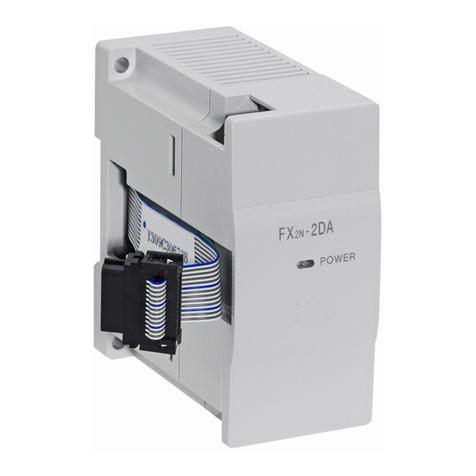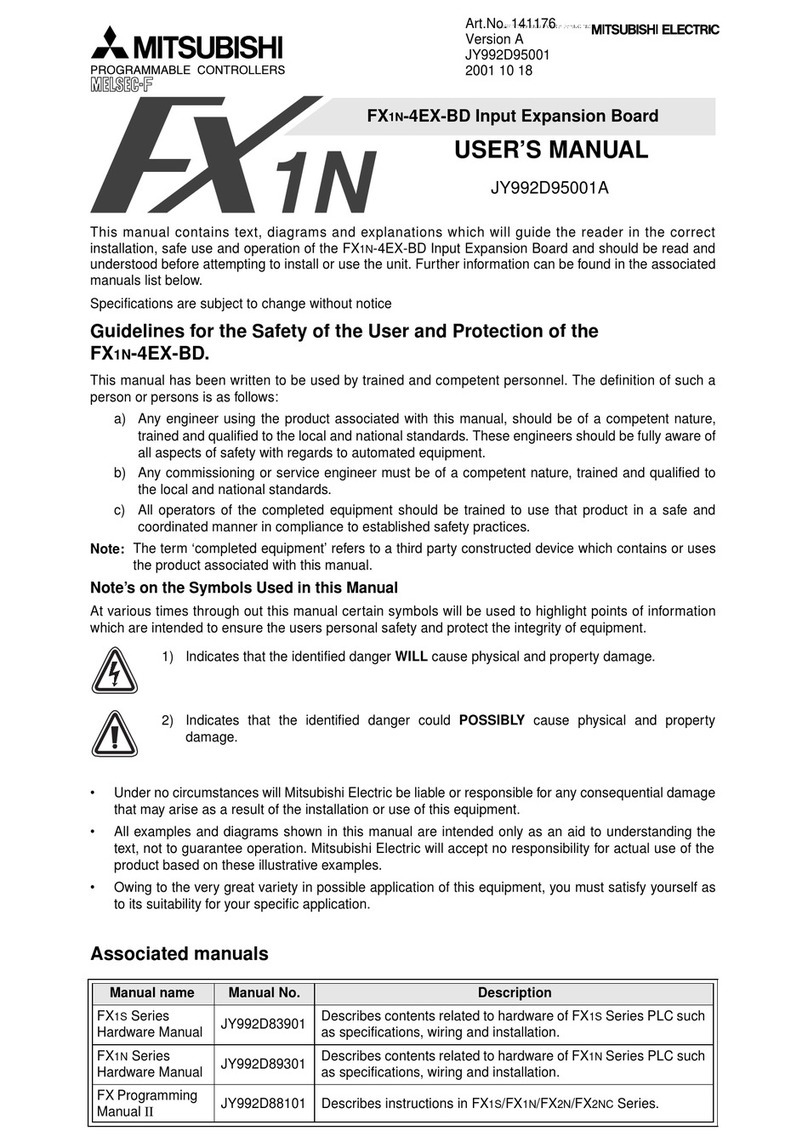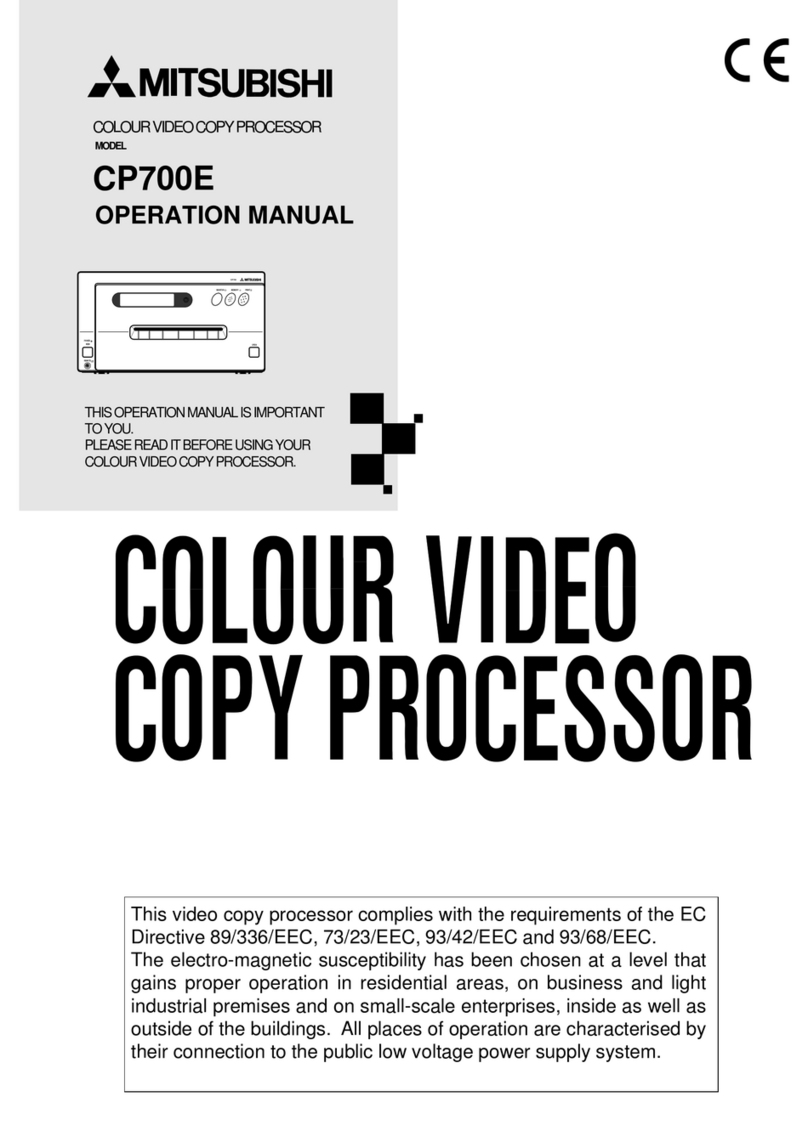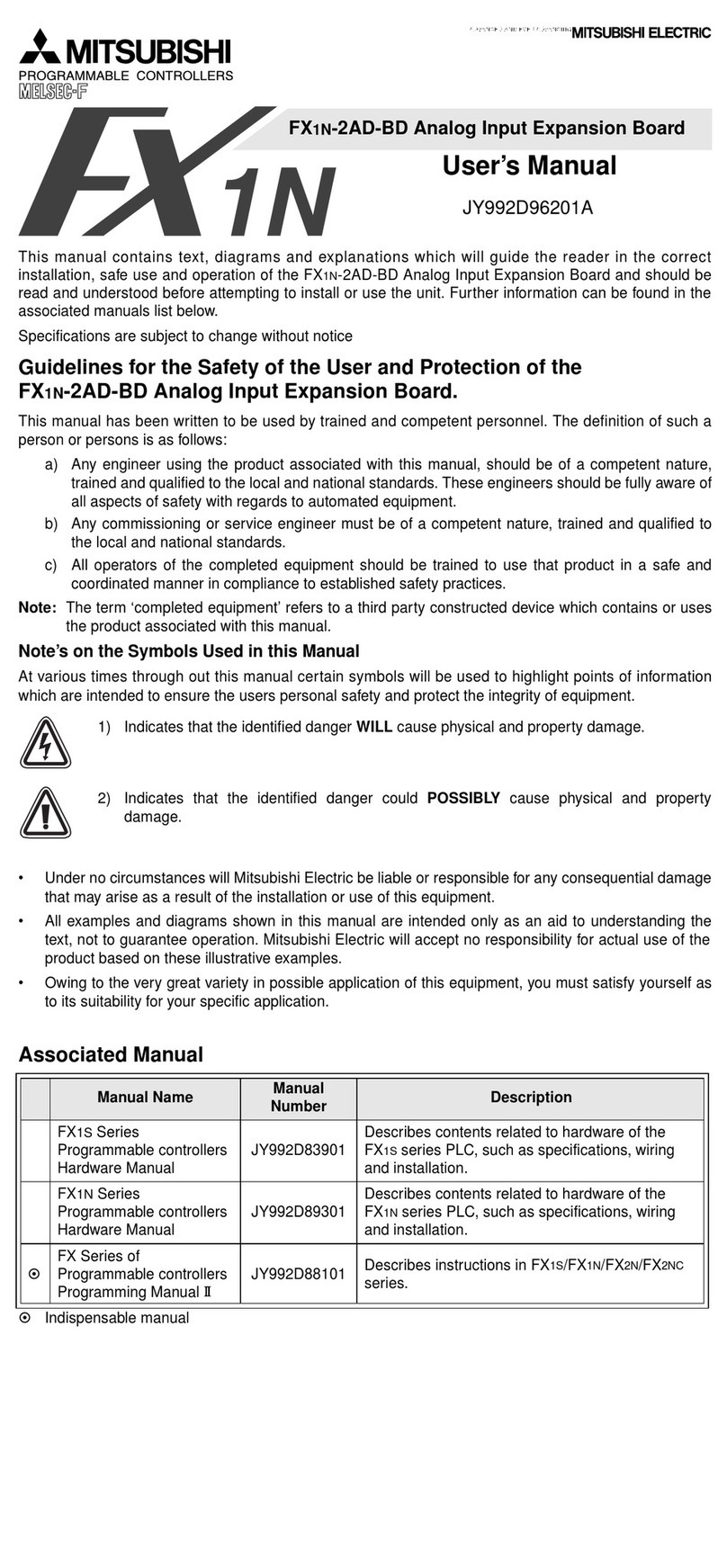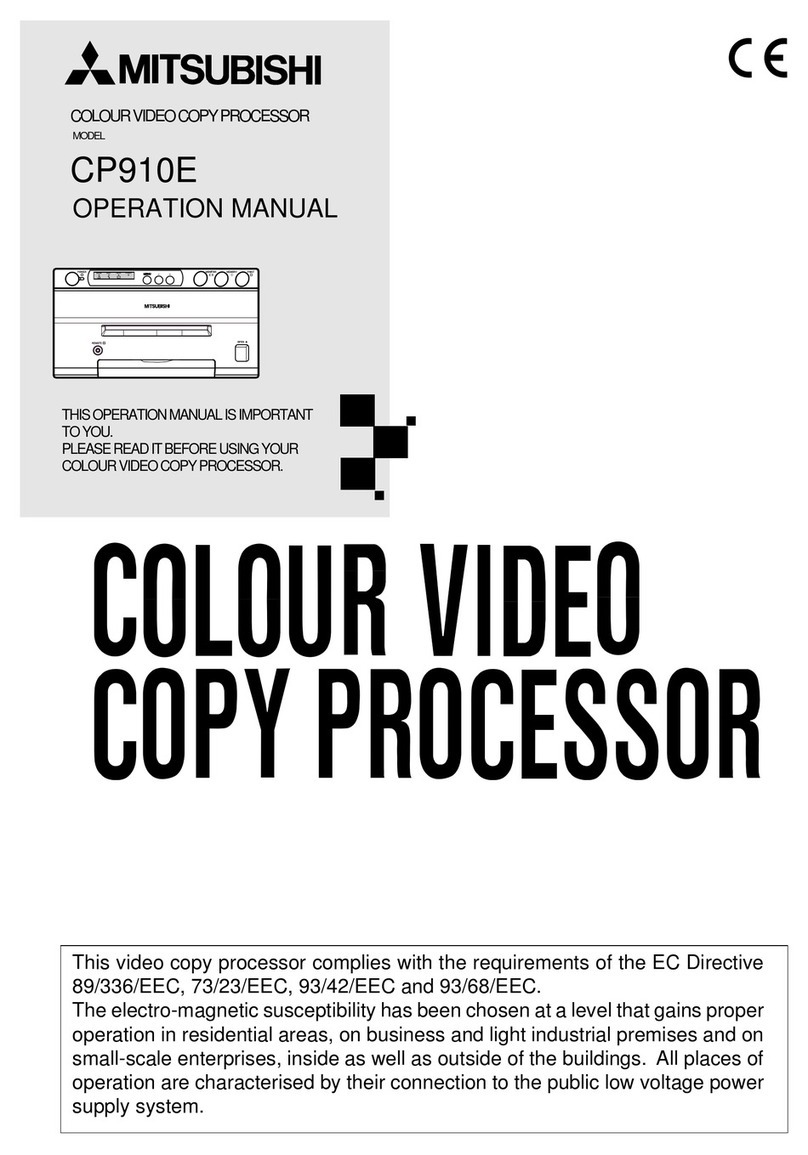
CONTENTS
1. BEFORE USE ................................................................................................................1-1
1.1. Terminology ..............................................................................................................1-1
1.2. How to Use the Instruction Manual ...........................................................................1-2
2. FLOW OF OPERATIONS...............................................................................................2-3
2.1. Work Procedures ......................................................................................................2-3
3. FEATURES OF NETWORK BASE CARD (2F-DQ535).................................................3-4
3.1. What is a Network Base Card?.................................................................................3-4
3.2. Mountable Modules...................................................................................................3-4
3.3. Features when Module is Mounted...........................................................................3-5
3.3.1. Features when CC-Link IE Field module is mounted ..........................................3-5
3.4. Hardware of the 2F-DQ535 Card..............................................................................3-6
3.4.1. Card overview .....................................................................................................3-6
3.4.2. LED .....................................................................................................................3-6
3.5. Software configuration ..............................................................................................3-8
3.5.1. For the CC-Link IE Field module.........................................................................3-8
4. CC-LINK IE FIELD MODULE AND 2F-DQ535 CARD SPECIFICATIONS ....................4-9
4.1. Specifications list ......................................................................................................4-9
4.2. List of robot parameters ..........................................................................................4-10
4.3. Robot controller I/O signals.....................................................................................4-11
4.3.1. I/O signal number map (CC-Link IE Field)......................................................4-12
4.3.2. I/O register number map (CC-Link IE Field) ...................................................4-13
4.3.3. Flow of I/O signal ..............................................................................................4-14
4.3.4. Deducated Input/Output ....................................................................................4-14
4.3.5. Output signal Reset pattern ..............................................................................4-15
4.3.6. Specifications related to Robot language..........................................................4-16
5. ITEMS TO BE CHECKED BEFORE USING THIS PRODUCT ....................................5-18
5.1. Checking the Product..............................................................................................5-18
5.2. Devices to be Prepared by the Customer ...............................................................5-19
5.2.1. For the CC-Link IE Field module.......................................................................5-19
6. HARDWARE SETTINGS .............................................................................................6-20
6.1. Module Mounting Procedures .................................................................................6-20
6.2. Setting the 2F-DQ535 Card Hardware....................................................................6-22
7. CONNECTIONS AND WIRING ....................................................................................7-23
7.1. Mounting 2F-DQ535 Card onto Robot Controller....................................................7-23
7.1.1. CR800-D controller ...........................................................................................7-23
7.2. Wiring......................................................................................................................7-24
7.2.1. For the CC-Link IE Field module.......................................................................7-24
8. PROCEDURES FOR STARTING OPERATION ..........................................................8-26
8.1. Setting the Parameters ...........................................................................................8-27
8.1.1. For the CC-Link IE Field module.......................................................................8-27
8.2. Checking the I/O Signals ........................................................................................8-33
8.2.1. For the CC-Link IE Field module.......................................................................8-33
8.3. Execution of robot program.....................................................................................8-36
8.3.1. Setting the dedicated input/output.....................................................................8-36
